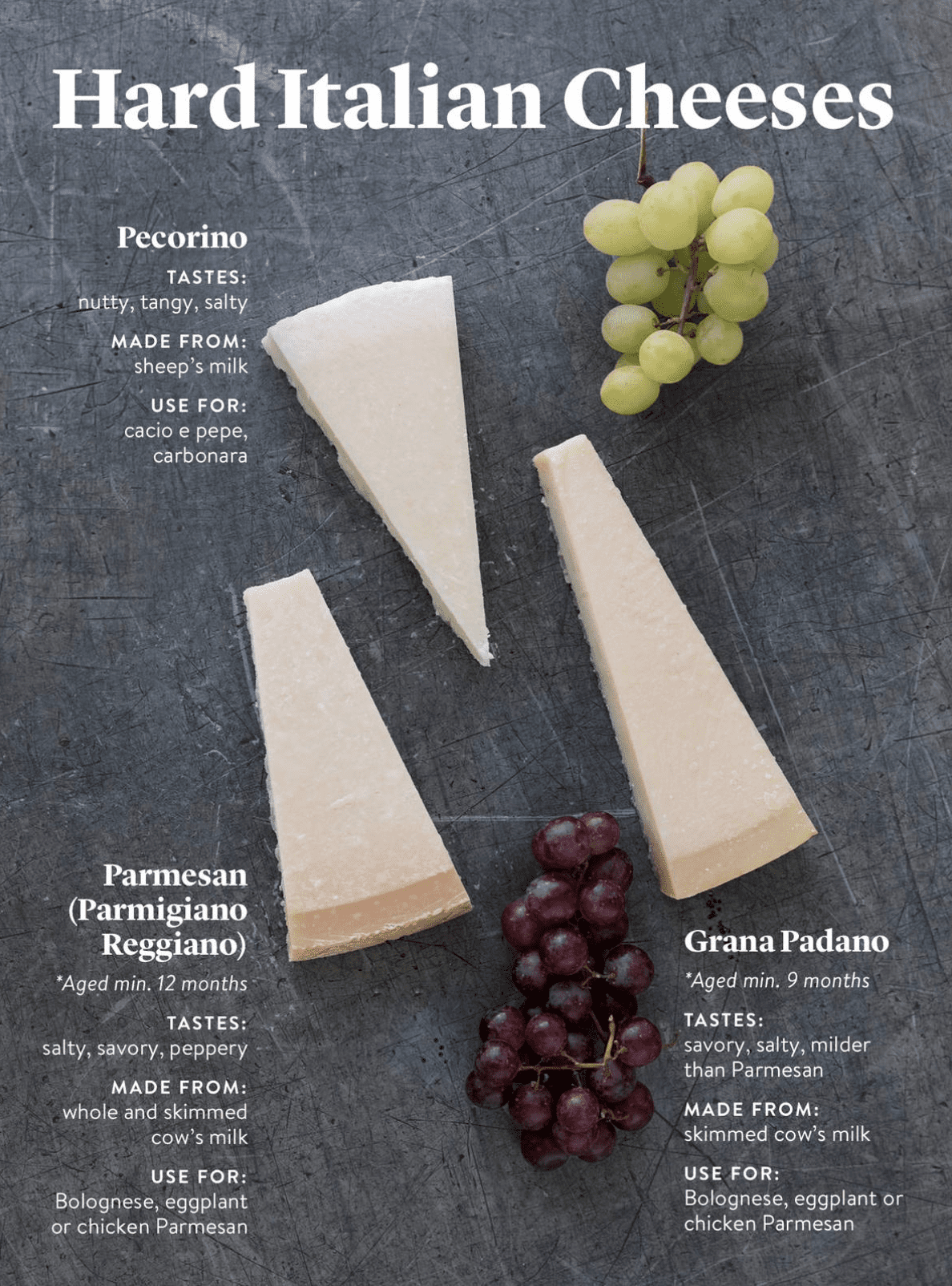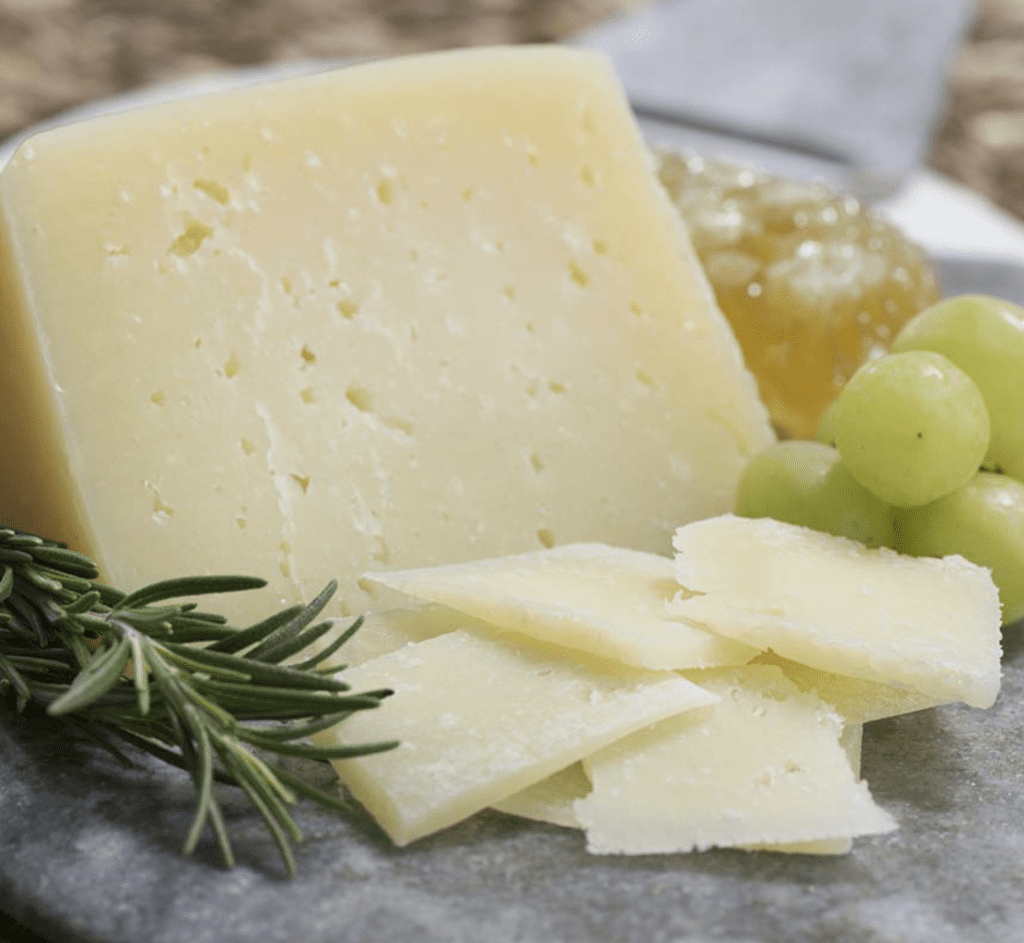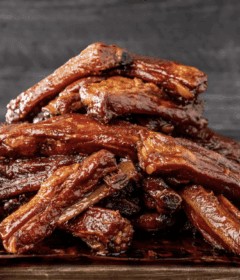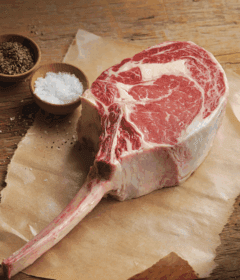Hard Italian Cheeses

With over 400 different kinds of Italian cheese, it’s very easy to get lost in the world of Italian cheeses. Not only does each Italian region have its own varieties and production methods for cheese, but many different milks can be used as well, from buffalo and cow’s milk, to goat- and sheep’s milk.
The most popular Italian cheeses are mozzarella and Parmesan cheese, but it’s time to get to know some more classic Italian cheeses.

Hard Italian Cheeses – Grana Padano
Grana Padano is a hard cheese and it may look like Parmesan and yes, it’s also a hard-cheese made from cow’s milk. However, it needs only to age for a minimum of 9 months, resulting in a milder and softer cheese than Parmesan.
Grana Padano can be made all year round, but the quality can vary depending on the season it’s produced.
Unlike Parmesan, milder Grana Padano is made entirely from skimmed milk. Due to its simpler production rules, it is cheaper in price and therefore purchased more often than Parmigiano Reggiano which is another hard Italian cheese but is more expensive.

Hard Italian Cheeses – Parmesan (or Parmigiano Reggiano)
Italy’s most famous hard Italian cheese is known as ‘Parmigiano Reggiano’ or even as the ‘king of cheeses’ in its home country. It has been around in the north of Italy since the Middle Ages.
Just like a good Italian wine, this hard Italian cheese gets more intense in flavor the longer it ages. Crumbly, salty, and savory.
Parmesan can legally only be made between April and November, with milk from grass-fed cows. It’s made from the curds from a mixture of whole and skimmed milk and is salt brined for approx. 25 days.
While a young Parmesan has to age for at least 12 months, there are Parmesans that age for up to 6 years!

Hard Italian Cheeses -Pecorino
Pecorino is a hard cheese made from sheep’s milk with flavors that range fro nutty to salty, savory to tangy, or a combination of all, depending on how long it’s aged.
There are 6 main regional variants, with the most famous being Pecorino Romano and Pecorino Sardo from Sardinia.
Pecorino is made all over Italy, each with it’s own unique flavor and slightly different process.
Most use lamb rennet, unlike the most commonly used cow’s or calf’s rennet. They are typically aged for about 8 months, but can also be sold and served ‘fresco’ or ‘semi-stagionato’ for a softer texture and milder, creamier flavor.
More on How to Cook Pasta 101 >>



